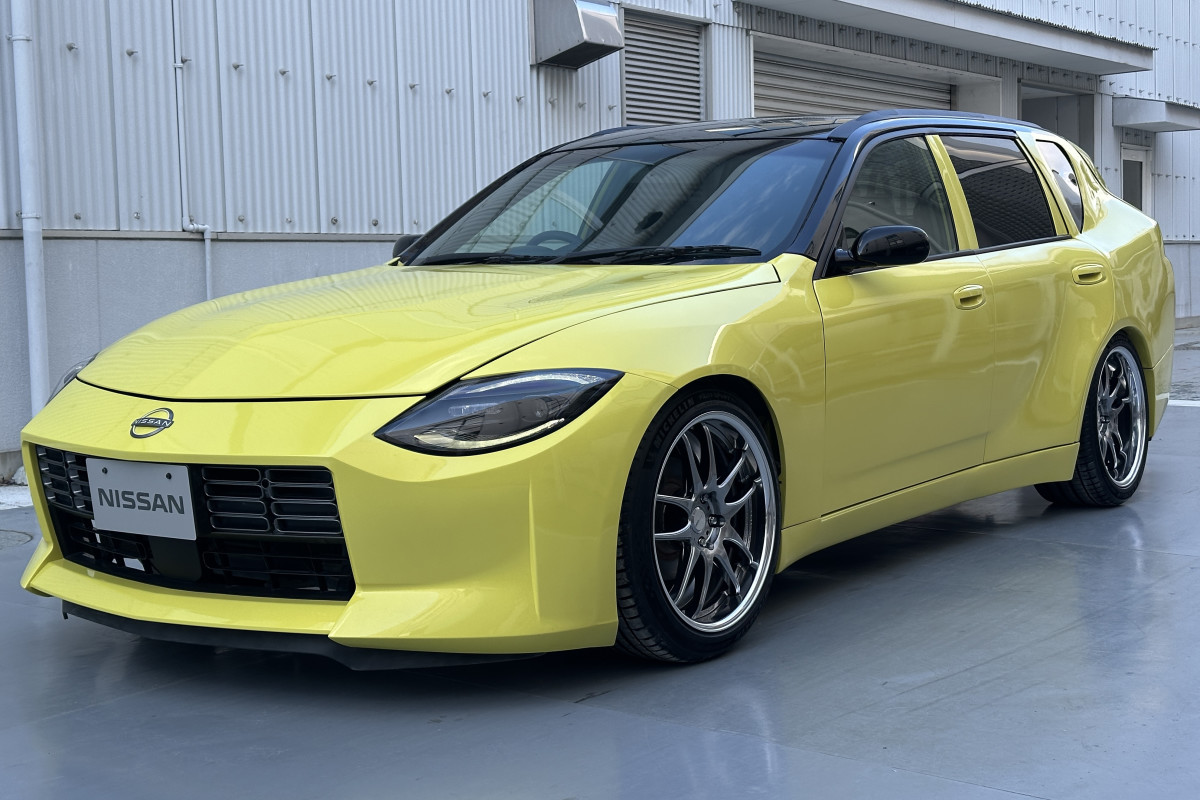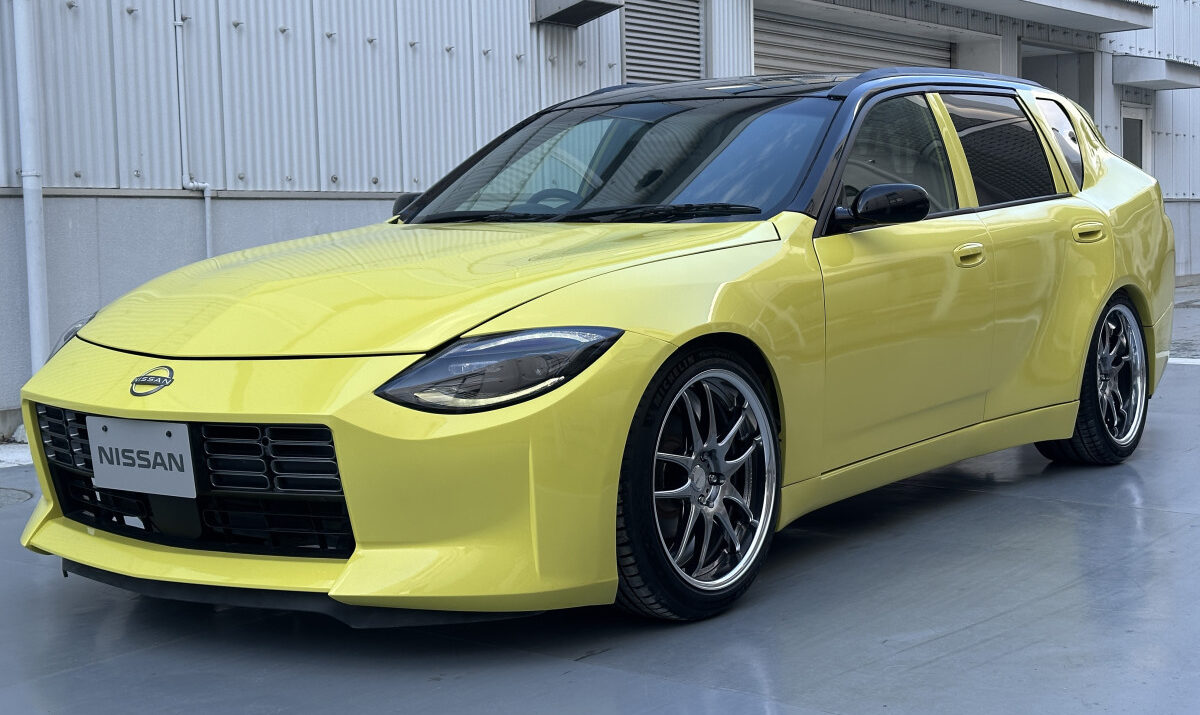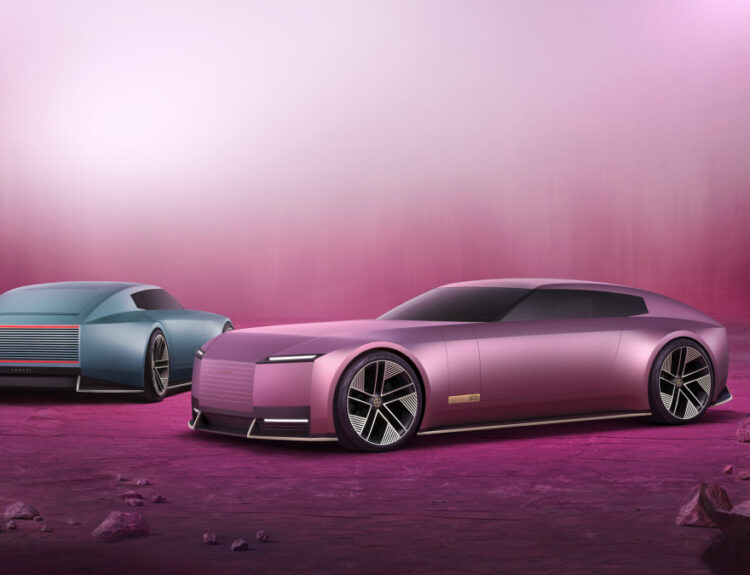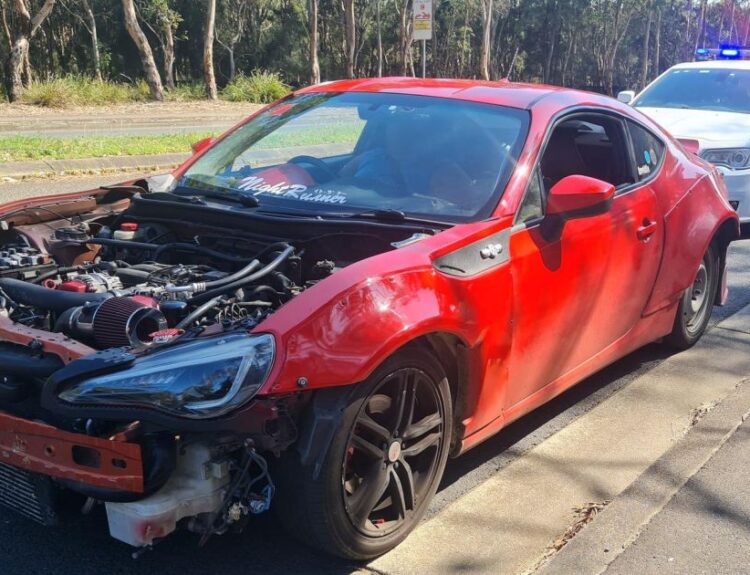
Developing an automobile is an intricate endeavor, one that demands years of meticulous effort and unwavering commitment to bring a vehicle to market. The challenge becomes all the more daunting when the design caters to a niche audience, as success is never guaranteed.
At Nissan Automobile Technical College, aspiring design students find themselves in a unique position. They are provided with the creative freedom to experiment with innovative ideas and conceptualize vehicles that may never see the light of day. Take, for instance, the question: what if a Z sports car were reimagined as a station wagon? The answer is revealed in their latest creation.
Z Lealia: A Bold Take on the Wagon
The Nissan Z Lealia has become a standout feature at the Tokyo Auto Salon, capturing the attention of automotive enthusiasts and industry experts alike. Crafted by a team of fourth-year students at Nissan’s Kyoto campus, this vehicle is characterized as a “sports station wagon for family journeys.”
The Z Lealia draws its foundation from a later-generation Nissan Stagea, elegantly blending it with striking aesthetic components reminiscent of the current Nissan Z, including the front bumper and headlights. Curiously, the rear design borrows elements from the Nissan Leaf, resulting in a distinctive yet unconventional silhouette.
Inside, the Lealia showcases a seamless fusion of parts from both the Z and Stagea, complete with bespoke yellow-and-black seating and accents. The use of Ikazuchi Yellow, as seen in the Z Proto, adds a vibrant touch to this innovative design.
NEO Skyline: A Cyberpunk Vision
At first glance, the NEO Skyline appears to be a compact version of the Dodge Challenger, but a deeper exploration reveals its origins in the Nissan V35 Skyline—known in the U.S. as the Infiniti G35. Also engineered by fourth-year students, this design serves as a modern homage to the Skyline GT of the 1970s, while the rear fenders subtly nod to the Fiat Coupe.
The NEO Skyline is crafted to bridge generational gaps, evoking nostalgia while simultaneously appealing to contemporary tastes. Its striking design feels as though it could seamlessly integrate into a futuristic video game universe.
Bluebird Kiwami: A Throwback with Modern Flair
In contrast to the other designs, the Nissan Bluebird—familiar to many as the first-generation Maxima—offers no hidden complexities. The Bluebird Kiwami exudes an unmistakable connection to the iconic machining aesthetics of past Japanese drifting scenes.
Led by third-year students specializing in auto body repair at Nissan’s Aichi campus, this project stands out for its potential to transition from concept to production, capitalizing on the widely appealing widebody kit that enhances its visual dynamism. At first glance, it resembles a classic coupe, but the innovative placement of the door handles in the rear haunches highlights its practicality.
Equipped with period-appropriate alloy wheels and an eye-catching exhaust system, the Bluebird Kiwami is tailor-made for nocturnal escapades, conveying a sense of adventure, even at modest speeds.
Closing Thoughts
Reflecting upon these remarkable student creations poses a delightful dilemma. While the Z Lealia speaks to my rationality with its sporty intrigue, my emotional inclination leans toward the Bluebird, which breathes new life into a much-loved classic.
For those fortunate enough to attend the Tokyo Auto Salon from January 10 to 12, a firsthand look at these striking designs awaits. Based on the images alone, which one captures your imagination?
Related: GMC Sierra EV First Drive: A Surprisingly Agile Giant
Source:www.autoblog.com






